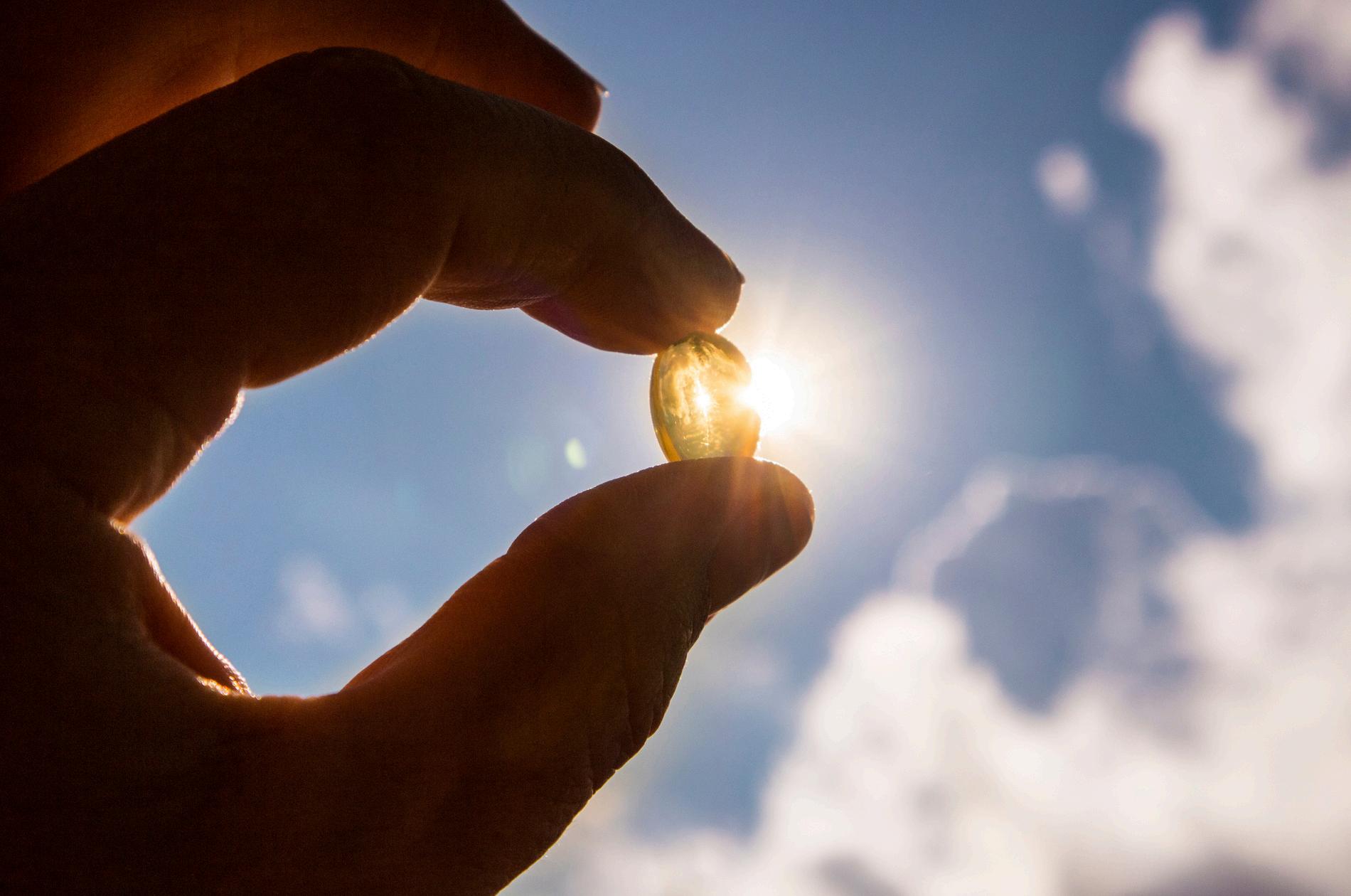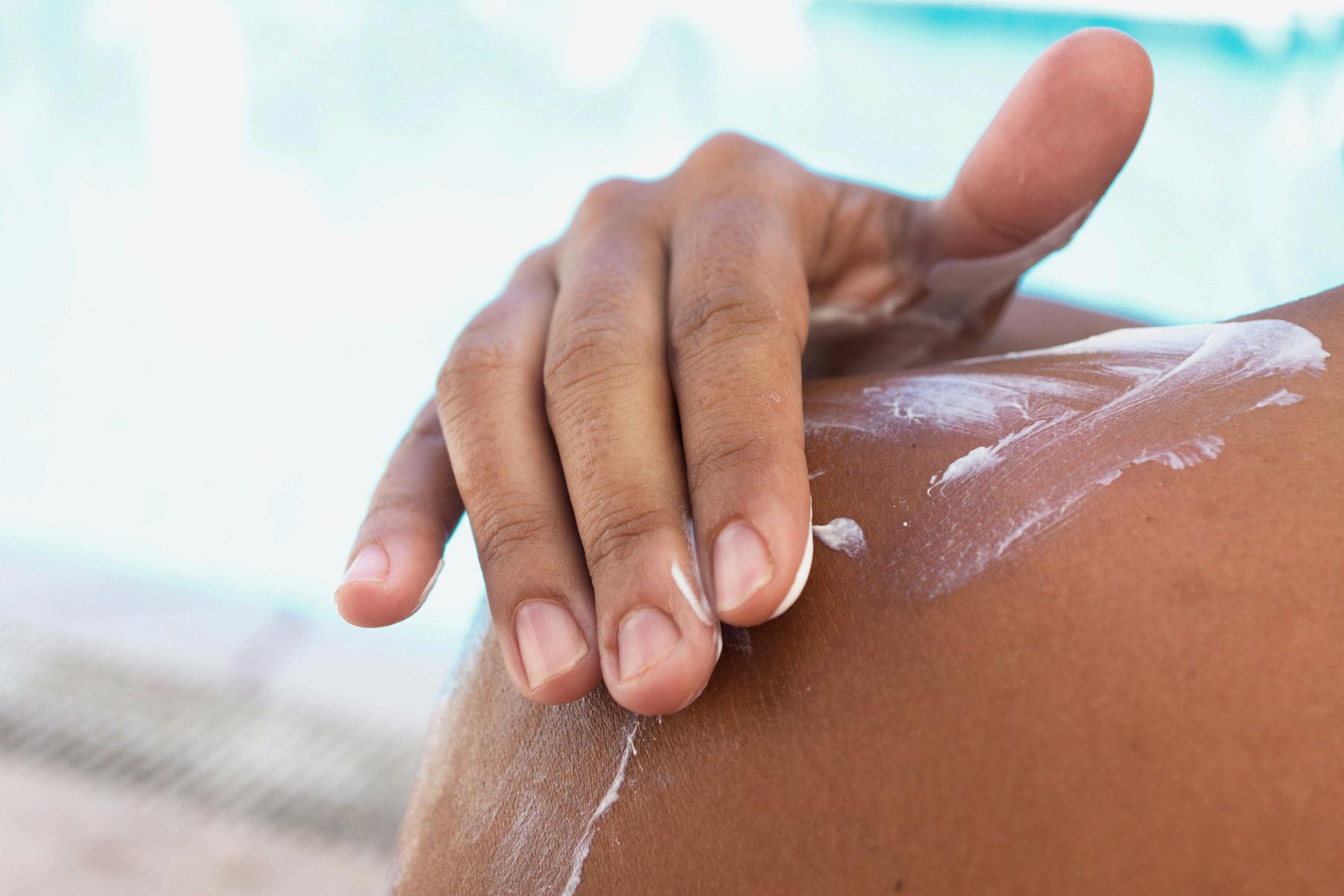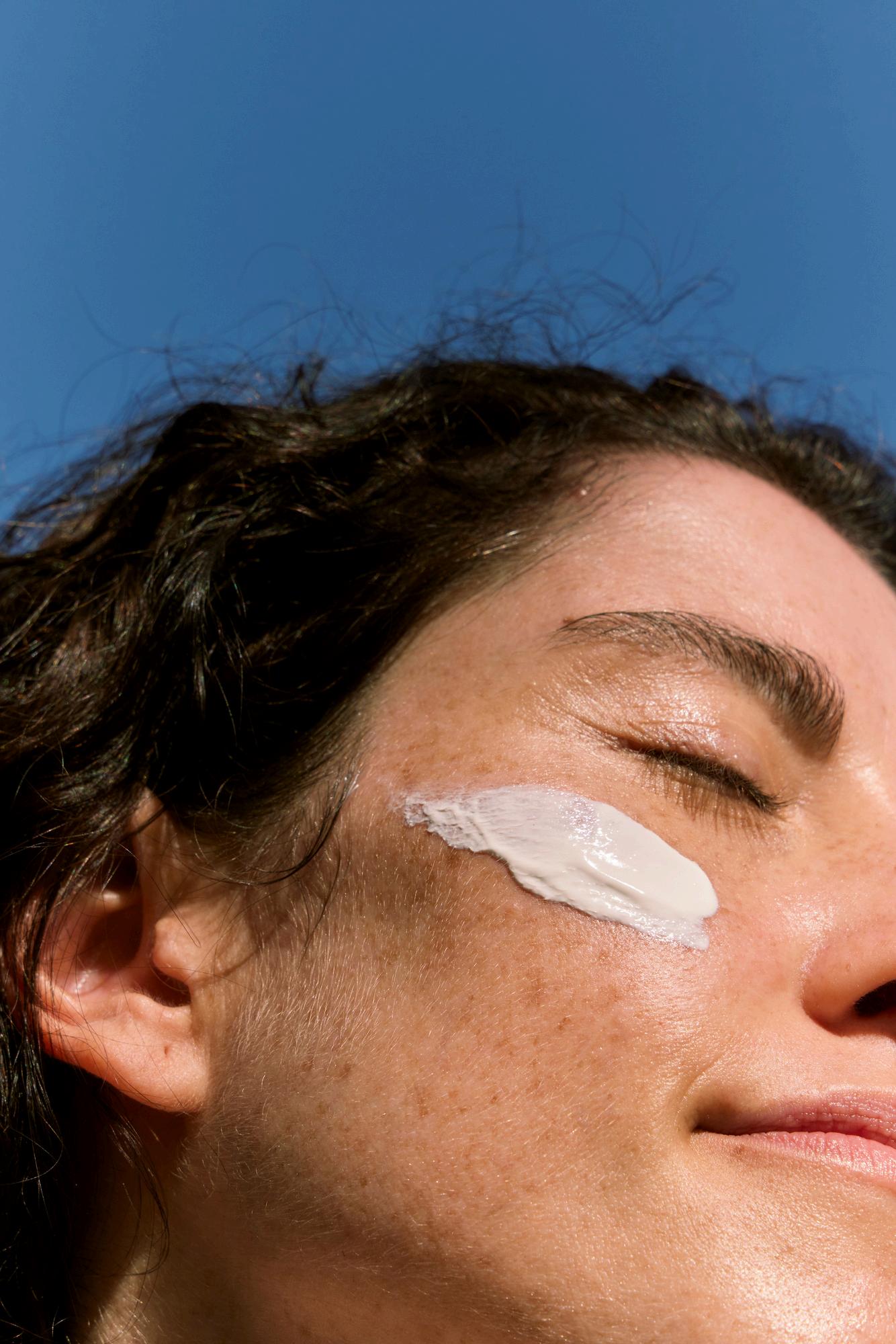
4 minute read
Sun Myths
by Melanoma Canada
The facts are that there are few, if any, real risks to using sunscreen; in fact, studies show both chemical and physical sunscreens are perfectly safe and effective*. So, let’s tackle the sunscreen-related concerns we’ve seen pop up on health blogs recently.
“People need plenty of sun exposure to avoid vitamin D deficiency.” - False do not need to expose yourself to the sun during UV times to get enough vitamin D. On days UV levels are moderate to high, most people enough vitamin D through normal activity, even sun protection. Vitamin D can be safely and obtained from a healthy diet that includes naturally rich in vitamin D, foods and beverages fortified with vitamin D, and vitamin D supplements. Because of the known side effects of exposure, vitamin D should not be obtained from unprotected exposure to ultraviolet (UV) radiation. When UV levels are 3 or above, sun protection is still needed.
It is a well-established fact that UV radiation from sun or indoor tanning can lead to skin cancer (melanoma and non-melanoma). 1,2 To live a healthy lifestyle while practicing appropriate photoprotection, the American Academy of Dermatology recommends seeking shade, wearing protective clothing and applying a broad-spectrum sunscreen with a Sun Protection Factor (SPF) of 30 or higher. Vitamin D can be safely and easily obtained from a healthy diet that includes foods naturally rich in vitamin D, foods and beverages fortified with vitamin D, and vitamin D supplements. Because of the known side effects of UV exposure, vitamin D should not be obtained from unprotected exposure to ultraviolet (UV) radiation.
“Sunscreen usage leads to vitamin D deficiency.”- False
These concerns are unfounded. A 2017 study showed that short-term sunscreen usage doesn’t affect circulating vitamin D levels and, therefore, does not increase the risk for osteoporosis. Sunscreens block cutaneous vitamin D production with only a minimal effect on circulating 25hydroxyvitamin D. Libon F, Courtois J, Le Goff C. Archives of osteoporosis, 2017, Jul.;12(1):18623514.” You don’t put yourself at risk of vitamin D deficiency if you wear sunscreen,” Ferris says. “In one large study, the amount of vitamin D in the bloodstream was no different in people who reported high versus low rates of sunscreen use. Also, vitamin D supplements are cheap and safe.” https://www.ncbi.nlm.nih.gov/pubmed/28718005
Sun Myths
"If you tan but don’t burn, you don’t need to bother with sun protection." - False
Even if you are tan, you need sun protection. If your skin turns brown, it is a sign of sun damage, even if there is no redness or peeling. Your skin turns brown as a way of trying to protect itself because the UV rays are damaging living cells. A suntan offers limited sunburn protection of around SPF3 but doesn’t protect against further DNA damage. If you tan easily, you are still at risk of skin cancer and need to use sun protection.


"You can’t get burnt in the car or through a window or under a beach umbrella." - False
You can get burnt through a window. Glass reduces but does not completely block transmission of UV radiation, so you can still get burnt if you spend a long time in the car or behind a window when the UV is high. More commonly, people are burnt in cars with the windows down, where they can be exposed to high levels of UV radiation.
Sitting in the shade or under an umbrella is smart, but it isn’t enough. A recent study in Texas compared people who applied SPF 100 with those who sat under umbrellas and found the umbrella group had triple the incidence of burns. “People get a false sense of security [under umbrellas],” Dr. Palm says. “At the beach, the sand and water are reflecting light. You’re not in a vacuum.”
You still get plenty of the sun’s rays, Dr. Marmur says, and you still need sunscreen. Apply it before you go out (a shot glass worth for your entire body); remember your hands, neck, ears, and hairline; and reapply every two hours.
"Are active ingredients in sunscreen 'toxic' or carcinogenic?" - False
Retinyl Palmitate causes cancer
This a common misinterpretation of a study examining an ingredient found in many sunscreens: retinyl palmitate. http://www.jaad.org/article/S01909622%2810%2900850-9/abstract
A lead researcher in that study actually concludes there is no evidence supporting the idea that sunscreen causes cancer. Another study (with humans, not rats) indicates that RP is photoprotective. Cosmeceuticals: focus on topical retinoids in photoaging. Serri R, Iorizzo M. Clinics in dermatology, 2009, May.; 26(6):0738-081X
Sun Myths
cont'd
Oxybenzone causes hormone disruption.
“Concerns over oxybenzone stem from animal studies where rats were fed the sunscreen ingredient and subsequently had some endocrine dysfunction, but the human studies with reallife application showed no hormone disruption,” Dosal says. “Yet you consistently find on the internet that your chemical sunscreen will cause hormone dysregulation, which simply hasn’t been shown.
"Sunscreen is damaging the world’s coral reefs." - False
Scientists do not agree with a recent study as it was done in a lab using artificial conditions and not reflective of a marine environment. http://mashable.com/2015/11/10/sunscreen-killingcoral-reefs/#cDabOvmci5qU
The bottom line: Chemical and mineral sunscreens are both safe.
"Apply sunscreen once a day, and you are good to go!" - False
One application is not going to last all day.
That’s because sunscreen (like makeup) rubs off with water, sweat, and touch. Dermatologists recommend reapplying at least every two hours or after swimming or sweating. This step is important. Not only will it wash off, but it actually breaks down in sunlight, which lessens the effectiveness.
How much sunscreen is enough sunscreen?
Studies show most people don’t apply enough sunscreen to achieve the full SPF of the product they’re using. Application patterns among participants randomized to daily sunscreen use in a skin cancer prevention trial. Neal R. Williams G. Green A. Archives of dermatology, 2002, Nov.:138(10)L0003-987X. Sunscreen should be applied liberally on all over-exposed skin.
It is recommended to use SPF30. When it comes to increasing SPF numbers, there’s a point of diminishing returns. SPF30 keeps out 97 percent, and SPF50 keeps out 98 percent. But in order for these percentages to remain accurate, you need to reapply.

Permission to reprint this important article has been graciously granted by Melanoma Canada, and we sincerely appreciate their generosity. For further details on the references cited and to learn more about Melanoma Canada’s initiatives, please visit their website https://melanomacanada.ca/sun-safety/sun-myths/ or email info@melanomacanada.ca









